
 |
|
|
Fruits
Volume 59 Number 7 Date 06/12/2014 CODLING MOTH - Large flights were registered for the second week, with 16 of the 30 monitoring locations registering economic counts of five or more moths per trap. Egg deposition has intensified and a strong potential exists for damaging larval populations if treatments are untimely or ineffective. Apple orchards that established the biofix from May 26-30 are approaching the 250-350 degree day point at which insecticidal controls should be applied. SPOTTED TENTIFORM LEAFMINER - Moth counts were very low again this week and ranged from just 0-100 per trap, with an average of 14 per trap. These low counts signal most apple orchards are between flights and populations consist primarily of late-instar tissue feeder larvae. Counts are expected to increase abruptly in the next two weeks as the second flight begins. The economic threshold for STLM increases from 0.1 to 1.0 mine per leaf for the second generation of sapfeeder larvae. REDBANDED LEAFROLLER - Counts of this pest also remained low during the June 5-11 reporting period. The first flight peaked approximately two weeks ago and relatively few moths have been collected since then. The second flight should start at most orchard locations by late June. Apple growers are reminded to replace pheromone lures for both RBLR and STLM in preparation for the second flights. OBLIQUEBANDED LEAFROLLER - The spring flight continued for the second week with the capture of moths as far north as Beldenville in Pierce County. Late-instar larvae and rolled leaves are still evident at some sites, indicating that moths should continue to emerge over the course of several weeks. The recommended scouting procedure for OBLR is to begin checking terminals for small larvae 7-10 days after the first moths are captured. Although there is no direct correlation between trap counts and larval populations, scouting is important since orchards that register even low counts (< 5 moths per trap) can develop significant larval problems a few weeks after a flight has occurred. GRAPE PHYLLOXERA - The DATCP grape survey specialist reports that first generation phylloxera leaf galls are appearing on foliage in Brown, Door and Kewaunee counties, on the varieties Frontenac and Frontenac gris. The galls were observed in four of 11 vineyards surveyed in the previous two weeks at the rate of 2-6 galls per leaf. The early appearance of galls suggests that monitoring for egg hatch should begin. Control of the first generation is usually ineffective once the galls have formed, but scouting for the mobile crawlers will help to determine the timing and need for management of the second and third generations later this season. A 10x hand lens is required to view the crawlers. -- Krista Hamilton, DATCP Entomologist 
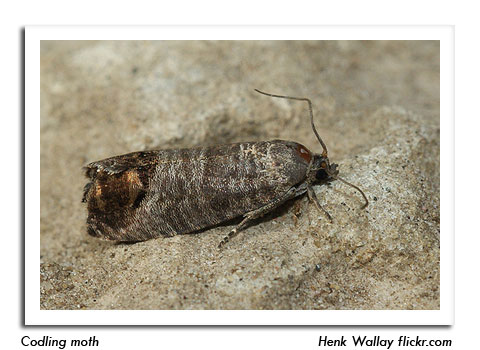
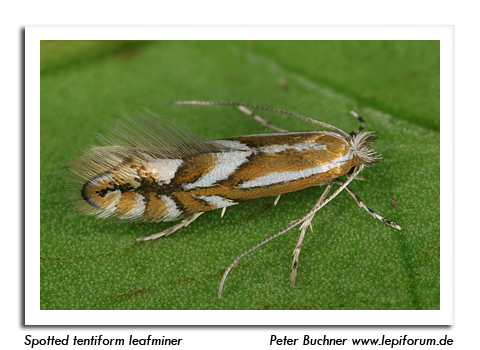
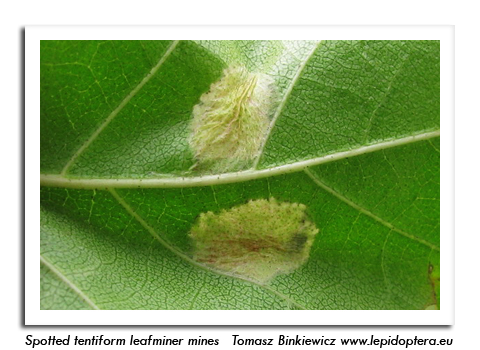
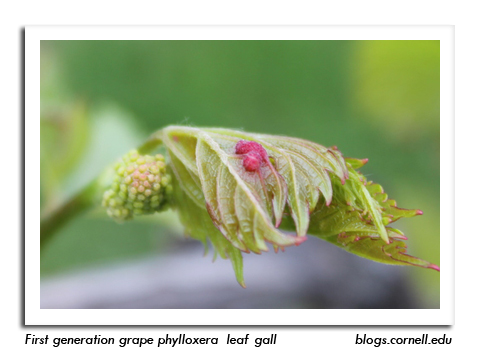
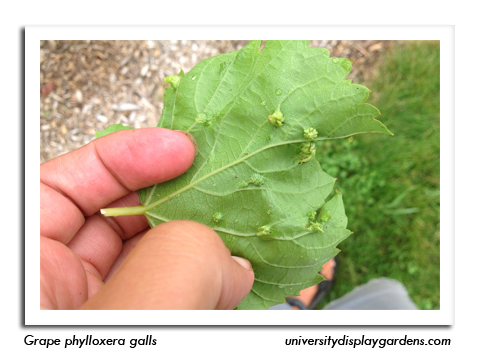
|
|
|